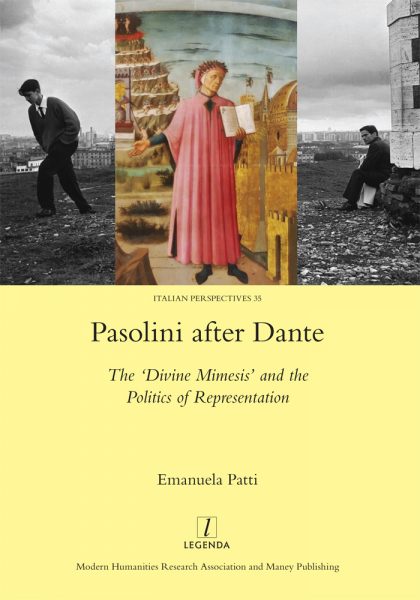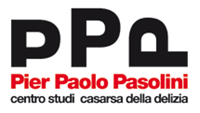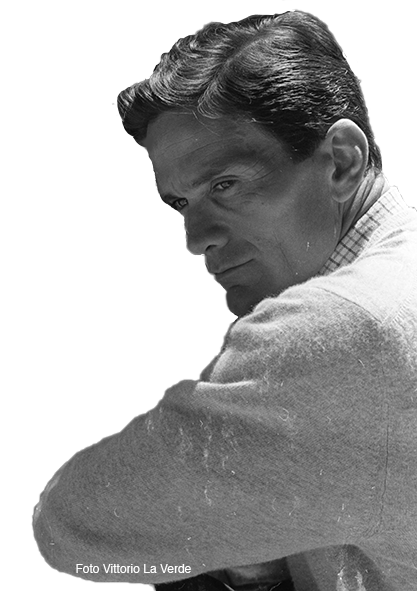Un altro studio importante arricchisce la bibliografia critica sull’opera di Pasolini, già vastissima e anzi in crescente, stupefacente espansione, anche internazionale. Si tratta del volume della studiosa Emanuela Patti, Senior Research Fellow all’Università di Birmingham, Pasolini after Dante. The “Divine Mimesis” and the Politics of Representation, edito nel maggio 2016 da Legenda, Oxford.
L’autrice esplora l’influenza sull’opera pasoliniana del modello dantesco, mediato dalla lettura di Gianfranco Contini per il realismo plurilinguistico e dall’interpretazione “figurale” di Auerbach, decisiva nella rappresentazione in un’opera filmica come quella pasoliniana incline alla commistione degli stili.
Il saggio illumina anche il contesto del dibattito italiano del secondo dopoguerra sul neorealismo, interpretando anche le espressioni letterarie e cinematografiche di Pasolini secondo nuove prospettive.
Qui di seguito la scheda del libro al link www.legendabooks.com/titles/isbn/9781909662933.html.

Pasolini after Dante.
The “Divine Mimesis” and the Politics of Representation
di Emanuela Patti
What role did Dante play in the work of Pier Paolo Pasolini (1922-1975)?
His unfinished and fragmented imitation of the Comedia, La Divina Mimesis, is only one outward sign of what was a sustained dialogue with Dante on representation begun in the early 1950s. During this period, the philologists Gianfranco Contini (1912-1990) and Erich Auerbach (1892-1957) played a crucial role in Pasolini’s re-thinking of ‘represented reality’, suggesting Dante as the best literary, authorial and political model for a generation of postwar Italian writers.
This emerged first as ‘Dantean realism’ in Pasolini’s prose and poetry, after Contini’s interpretation of Dante and of his plurilingualism, and then as ‘figural realism’ in his cinema, after Auerbach’s concepts of Dante’s figura and ‘mingling of styles’. Following the evolution of Pasolini’s mimetic ideal from these formative influences through to La Divina Mimesis, Emanuela Patti explores Pasolini’s politics of representation in relation to the ‘national-popular’, the ‘questione della lingua’ and the Italian post-war debates on neorealism, while also providing a new interpretation of some of his major literary and cinematic works.



